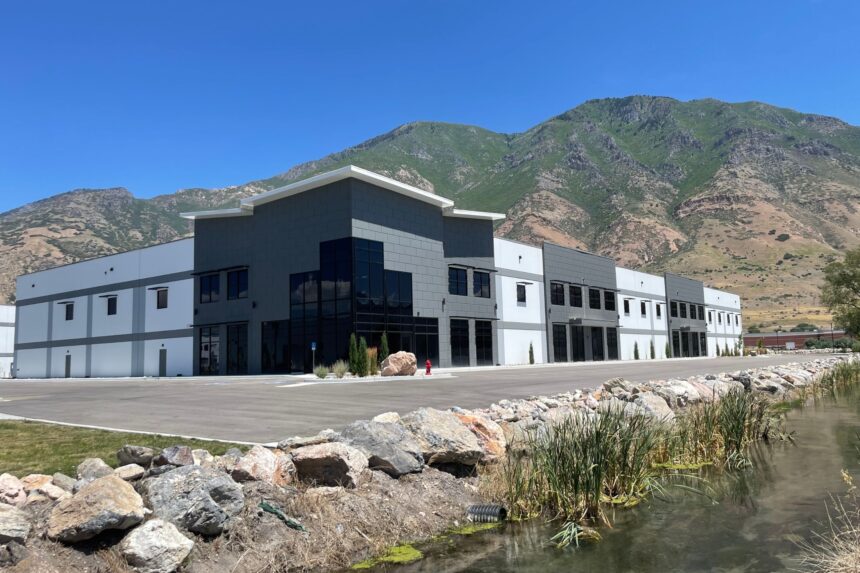Structural integrity is the foundation of any construction project, whether it is a residential home, a commercial building, or a large infrastructure project. Licensed structural engineers play a crucial role in ensuring that buildings and structures are designed and built to withstand various forces, including gravity, wind, and seismic activities. Without their expertise, the safety and longevity of constructions could be compromised.
How Licensed Structural Engineers Contribute to Safe and Reliable Structures
Licensed structural engineers possess the knowledge and experience required to design structures that meet safety standards and building codes. Their primary responsibilities include analyzing load-bearing capacities, selecting appropriate materials, and ensuring the structural stability of buildings. These professionals apply advanced engineering principles to prevent structural failures and enhance durability.
The Process of Structural Design and Engineering by Licensed Structural Engineers
The work of licensed structural engineers follows a systematic approach that includes multiple stages:
Initial Assessment and Planning – Engineers evaluate the construction site, identify potential challenges, and outline a design strategy.
Structural Analysis and Calculations – They perform detailed calculations to determine the forces acting on the structure and design load-bearing elements accordingly.
Material Selection and Testing – Choosing the right materials ensures durability and cost-efficiency in the long term.
Blueprint Development and Approval – Engineers create detailed construction plans that must comply with local and national building codes.
On-Site Supervision and Inspection – They monitor construction activities to ensure that structures are built according to design specifications.
Final Safety Checks and Certifications – Engineers conduct structural tests before granting certification for occupancy.
Why Hiring Licensed Structural Engineers is Essential for Any Building Project
The decision to hire licensed structural engineers is not just about compliance with regulations—it is about ensuring safety, reliability, and efficiency in construction. These professionals help prevent potential hazards such as foundation failures, structural collapses, and material deterioration. Their expertise also contributes to reducing long-term maintenance costs by ensuring that structures are built to last.
Key Benefits of Working with Licensed Structural Engineers
- Compliance with Building Codes – They ensure that designs adhere to national and local safety standards.
- Enhanced Safety and Durability – Proper engineering minimizes risks associated with natural disasters and load-bearing failures.
- Optimized Construction Costs – Efficient use of materials and structural planning can significantly reduce waste and additional expenses.
- Innovative and Sustainable Design – Modern engineering solutions help create energy-efficient and environmentally friendly buildings.
Conclusion: The Indispensable Role of Licensed Structural Engineers in Modern Construction
The role of licensed structural engineers is indispensable in the construction industry. Their expertise ensures that buildings are not only aesthetically appealing but also structurally sound and safe for occupants. Whether it is a small-scale residential project or a massive infrastructure undertaking, their involvement is crucial for achieving long-lasting and high-quality structures. Investing in professional structural engineering services is a step toward building safer and more resilient communities.












